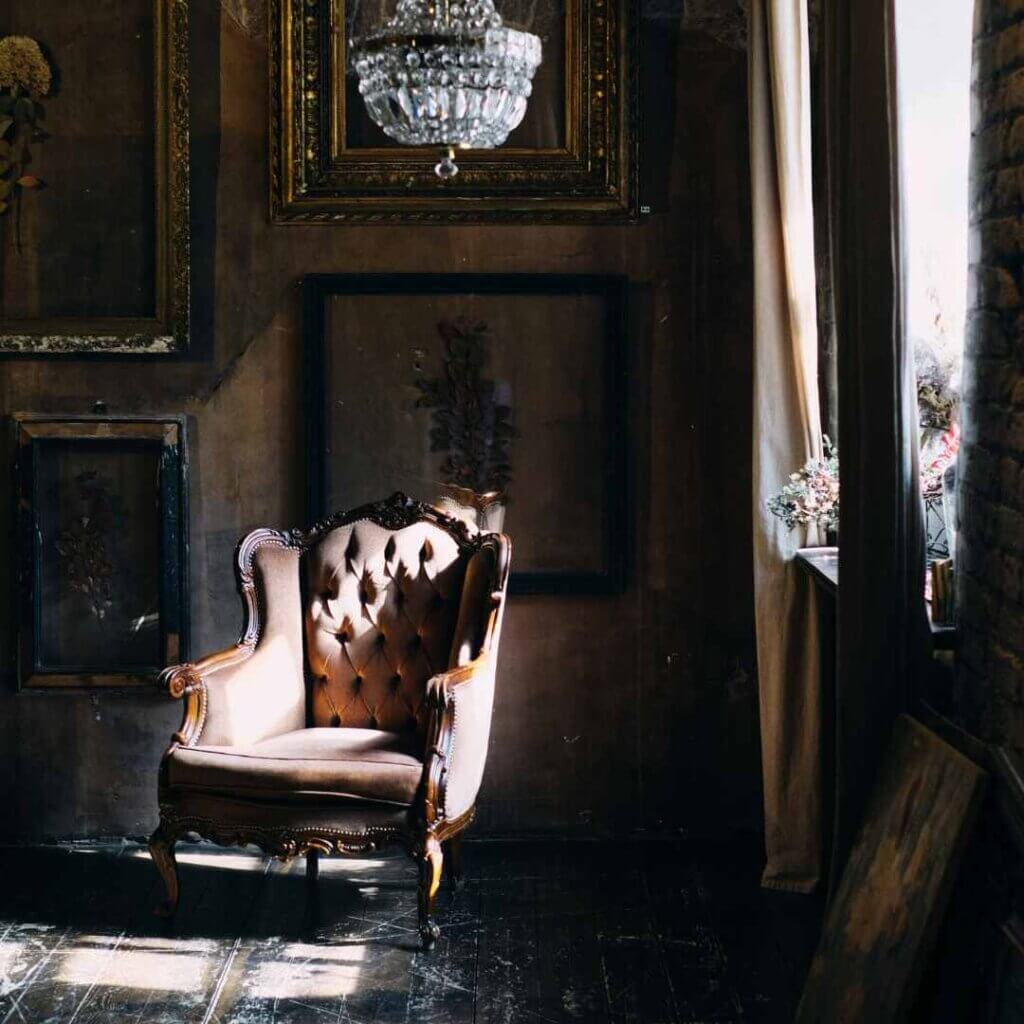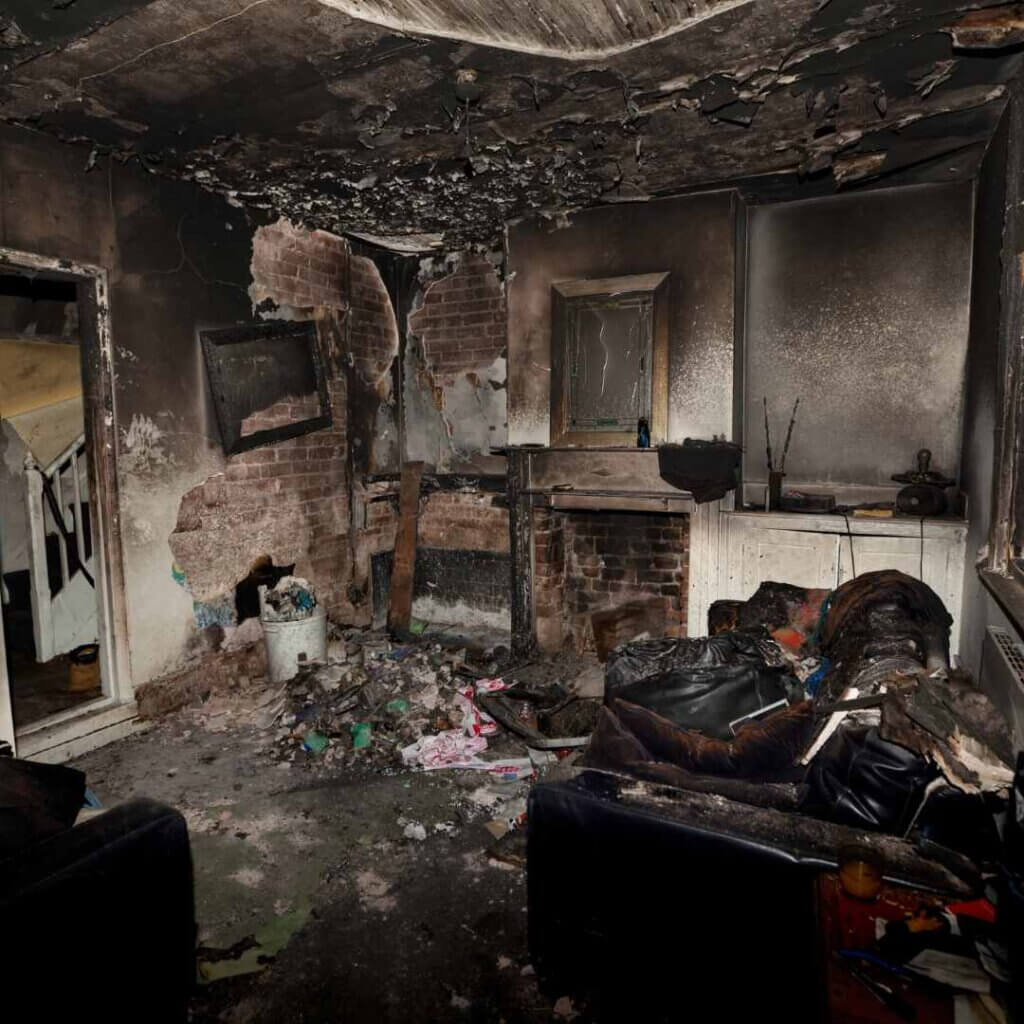Fire Damage Restoration on Historic Buildings
Fire Damage Restoration on Historic Buildings
Restoring historic buildings after a fire is a delicate and complex fire damage restoration process that requires expertise, meticulous planning, and a deep understanding of architectural history. When a fire strikes a historic structure, it not only causes physical damage but also threatens the preservation of our cultural heritage. However, with the right approach and fire damage restoration techniques, it is possible to breathe new life into these architectural treasures, preserving their historical significance for future generations to admire and appreciate.
The Significance of Historic Buildings
Historic buildings are more than just bricks and mortar; they are tangible links to our past. These structures serve as valuable educational resources, allowing us to gain insights into history, art, and the social fabric of the communities they represent. By restoring historic buildings after fire damage, we ensure that their stories continue to be told, keeping alive the legacy of our ancestors.
Assessing Fire Damage in Historic Buildings
When fire ravages a historic building, the damage can be devastating. The first step in the fire damage restoration process is to conduct a thorough assessment of the affected structure. This involves examining the extent of the fire damage, as well as identifying any secondary issues caused by water, smoke, or structural instability.
Key Considerations in Fire Damage Restoration
Structural Integrity
The fire’s intense heat can compromise the load-bearing capacity of a historic building. Experts carefully inspect the foundation, walls, floors, and roof to identify any weakened or damaged areas. They assess whether repairs can be made or if replacement is necessary, always prioritizing the preservation of original materials and design elements.
Damage to Historical Features
Historic buildings often boast unique architectural features, such as ornate woodwork, decorative plaster, stained glass windows, and intricate masonry. Evaluating the extent of damage to these elements requires a trained eye and a deep understanding of historical construction techniques. Professional fire damage restoration cleaners determine the feasibility of restoring or replicating damaged features to maintain the building’s historical authenticity.
Smoke and Soot Residue
Even if the fire did not directly impact certain areas of a historic building, smoke and soot residue can permeate throughout the structure. These contaminants pose a threat to both the building’s structural integrity and its historical artifacts. Fire damage restoration experts employ specialized cleaning techniques, such as dry sponge cleaning, HEPA vacuuming, and chemical sponge treatments, to meticulously remove smoke and soot residue without causing further damage.
The Restoration Process: A Detailed Overview
Restoring a historic building after fire damage is a meticulous and multi-faceted process that requires a range of specialized skills. Let’s explore the key steps involved in restoring these architectural gems to their former glory.
Securing the Site
Before any fire damage restoration work can begin, it is crucial to secure the fire-damaged historic building. This involves erecting temporary fencing, installing protective coverings, and implementing safety measures to prevent unauthorized access and further damage.
Documentation and Inventory
A detailed documentation and inventory process is essential to record the existing condition of the building and its contents. Fire damage restoration professionals meticulously photograph and document every aspect, from the overall structure to the smallest architectural details, ensuring nothing is overlooked during the fire damage restoration process. This documentation serves as a valuable resource for reference and historical record-keeping.
Cleaning and Debris Removal
Once the building is secured and documented, the fire damage restoration team focuses on cleaning and removing debris. This includes removing charred materials, soot, and damaged structural elements. Care must be taken to ensure that the cleaning methods used do not cause further harm to the historic fabric.
Structural Stabilization and Repair
The next step is to stabilize the structure and address any structural issues caused by the fire. Restorers work closely with structural engineers to reinforce weakened areas, repair load-bearing elements, and ensure the building’s stability and safety.
Surface Cleaning and Restoration
To remove smoke, soot, and other contaminants from surfaces, fire damage restoration experts employ various cleaning techniques tailored to the specific materials and finishes present in the historic building. Delicate surfaces may require gentle dry cleaning, while others may benefit from specialized chemical treatments. The goal is to restore the original appearance while preserving the historical character.
Replication and Restoration of Historical Features
One of the most critical aspects of restoring historic buildings after fire damage is the replication and restoration of historical features. Skilled craftsmen meticulously recreate intricate woodwork, ornamental plaster, stained glass, and other unique architectural elements, ensuring the historical accuracy and aesthetic integrity of the building. This stage is often contracted to additional specialist or completed after the initial fire damage restoration.
Mechanical and Electrical Systems Upgrades
During the restoration process, it is often necessary to upgrade mechanical and electrical systems to meet modern safety codes and functional requirements. However, every effort is made to integrate these upgrades discreetly, ensuring they do not compromise the historic fabric or visual integrity of the building.
Preservation and Preventive Measures
Once the fire damage restoration work is complete, preventive measures are implemented to protect the restored historic building from future fire damage. These measures may include the installation of fire-resistant materials, improved fire detection and suppression systems, and the development of emergency response plans tailored to the unique needs of the building.
FAQs
Can historic buildings be fully restored after fire damage?
Yes, with the expertise of professional fire damage restoration cleaners and a comprehensive restoration plan, historic buildings can be successfully restored after fire damage. The goal is to preserve the historical fabric while ensuring the safety and functionality of the building.
How long does the restoration process take?
The duration of the fire damage restoration process depends on various factors, including the extent of the fire damage, the size of the building, the availability of resources, and the complexity of historical features. It can range from several months to years.
Is it possible to replicate original architectural features?
Yes, skilled craftsmen can replicate original architectural features using traditional techniques and materials. These replicas are carefully integrated into the restored building, maintaining historical accuracy.
How can I protect my historic building from future fire damage?
Implementing preventive measures is crucial to protect historic buildings from future fire damage. This includes installing fire detection and suppression systems, conducting regular inspections and maintenance, and developing emergency response plans.
Can I live or work in a restored historic building?
Yes, after the fire damage restoration process is complete, restored historic buildings can be used for residential, commercial, or institutional purposes, depending on your local council. They provide unique and inspiring spaces that combine historical charm with modern functionality.
Restoring historic buildings after fire damage is a noble and essential endeavour that requires expertise, dedication, and a deep respect for our shared heritage. By carefully assessing the damage, employing specialized restoration techniques, and replicating historical features, we can preserve these architectural treasures for future generations to admire.
Why Choose AllAces?
AllAces Cleaning & Restoration has more than 35 years of industry experience, recently completing a restoration project at Sydney’s Parliament House. Our IICRC-certified technicians have the expertise, specialised equipment and advanced technology needed to restore delicate historical properties to their former glory.



